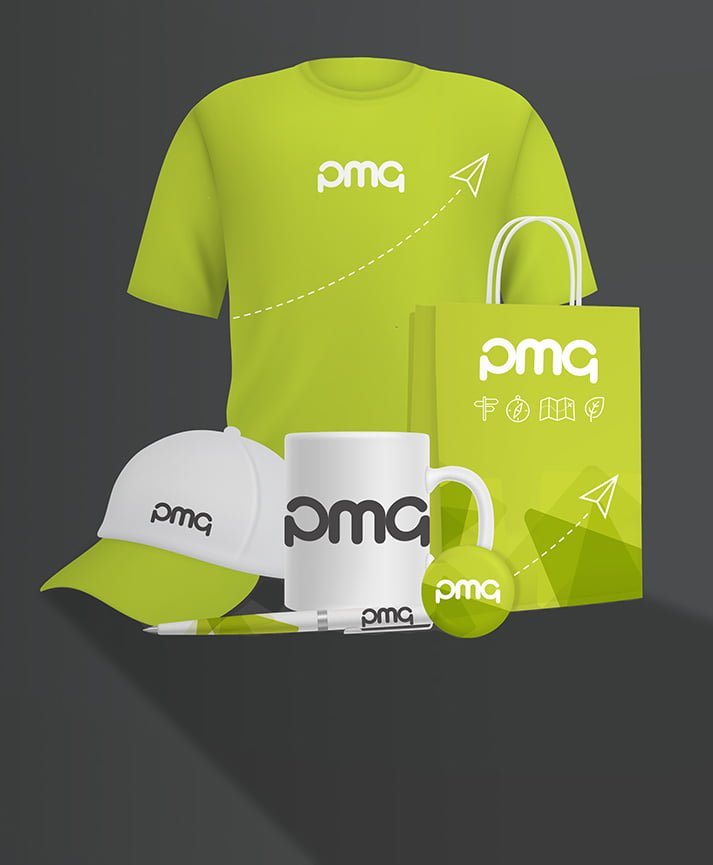
Print design is a broad field with many different areas to master. From posters to adverts to stationery and logos, good design is vital for any company looking to promote its products or services. The logo represents the boldest, most important element of a company’s visual brand. Good logos become instantly recognisable, strengthening the brand and leading to improved long-term prospects for the company. In this article we’re examining a logo that we all see several times each day, on our TV screens, in magazines, and online: the BBC logo. We’re taking a look at what makes the design so great – and, most importantly – the design lessons we can learn from it.
#1: Less is more
Perhaps the first rule of logo design (and indeed, visual branding in general) is to keep it simple. The BBC logo is about as simple as it gets. Three white letters inset in three equally spaced and sized black squares. It’s clean, simple, and efficient. The strength of the BBC’s brand speaks for itself – there is no need for gimmicky graphical flourishes or a fancy, complex logo.
#2: Typeface matters
The BBC logo has changed significantly since the ‘bat’s wings’ logo of the ‘50s. The most recent update came in the mid ‘90s when the font was changed from Helvetica to Gill Sans, and the previously italicised letters were straightened. This simple update immediately brought the logo into the present day, replacing the dated-looking ‘80s version with a timeless logo in one swift move. The typeface you choose for your logo matters hugely. Don’t rush into your choice of font – use sans serif fonts if your want your logo to look up-to-date. Serif fonts such as Times New Roman are more appropriate for companies that operate in highly professional markets, such as lawyers and banks.
#3: Consider the effects of resizing
One of the many reasons that the BBC logo received its mid ‘90s makeover was because the previous logo simply didn’t look good on screen. It featured coloured bars underneath each block, and the letters and blocks were both slanted. This meant that the logo looked particularly pixelated on screens of the time. When resized, the coloured bars tended to disappear, meaning that the logo’s intended form was lost. Today’s designers should create their logo as a vector, allowing it be resized without losing any of its quality. Designers should also remove any small text or design elements that are likely to be lost if the logo is shrunk.
#4: Evolution, not revolution
In the past forty years, the BBC logo has slowly been revised to reflect changing technology and design practices. However, the core of the logo remains the same – three blocks, each containing a single letter. There’s no need for drastic overhauls when it comes to logo design. Make small changes, when necessary.
#5: The value of black and white
Colour is a powerful tool for designers. The BBC logo sticks out because of its lack of colour. While other companies were adding more colour to their logos, the agency behind the BBC logo redesign was cutting it out. Black and white will always be a classic combination that implies professionalism. What’s more, moving to black and white saves the BBC a significant amount on its printing bill!
Find out how clever print design and print management can boost your company’s balance sheet and the power of your brand. Give PMG a call.
















































